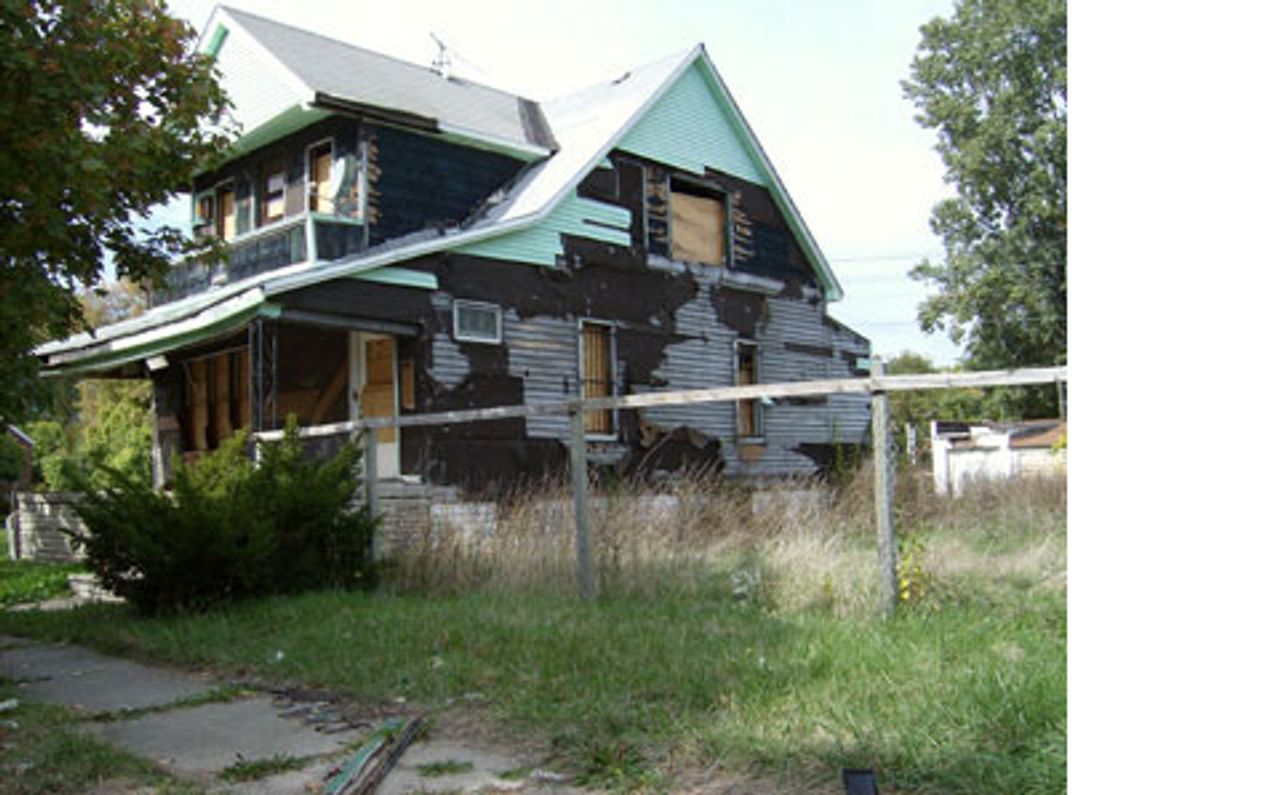A study released this week by the Pew Center on the States delivers a staggering statistic: 7.3 million Americans-or 1 in every 31 adults-are in the nation's prison system. This figure includes those in US jails and prisons, on parole, on probation, or under other forms of correctional supervision.
No other country comes close to matching this number. If these individuals were grouped together, they would number more than the entire populations of Israel or Honduras, or all of the residents of Washington state.
The new study "One in 31: The Long Reach of American Corrections," follows a study by the Pew Center last year that found the US leading the world in the rate at which it puts its people behind bars: 1 in 100, or 2.3 million people.
The last quarter-century has seen an explosion in the number of Americans incarcerated, growing by 274 percent. During this same period, those under "community supervision"-the term used by Pew to designate those on parole, probation or other prison supervision-also rose dramatically, from approximately 1.6 million in 1982, to 5.1 million in 2007.
Leading the states is Georgia, where 1 in every 13 adults-7.92 percent of the state's adult population-is imprisoned or under supervision. Idaho is next (1 in 18, 5.71 percent), followed by the nation's capital, Washington, DC (1 in 21, or 4.82 percent).
The 10 states with the highest numbers of people under "correctional control" include three Southern states-Louisiana, Georgia and Texas-which also have the highest prison rates. Also included in the top 10 are two New England states, Massachusetts and Rhode Island, as well as Ohio, Indiana and Minnesota in the Midwest.
African-American adults are four times as likely as whites, and 2.5 times more likely as Hispanics, to be under some form of prison control. One in 11 black adults-or 9.2 percent-was under correctional supervision at the end of 2007. In the population as a whole, men were five times more likely than women to be under correctional control, although the rate for women continues to rise.
Record amounts are being spent to incarcerate and monitor the prison population. In fiscal year 2008, US states are estimated to have spent more than $52 billion, a more than 300 percent increase over 1988 spending.
State spending on prisons and supervision has grown at a faster rate than the budget increases for nearly all other government services, with only Medicaid spending growing at a faster rate. The corrections budget growth rate has outpaced spending increases for elementary and secondary education, higher education and welfare.
These outlays come as states struggle with massive budget deficits. California, with a $42 billion budget deficit, spent $9.657 billion on its prison system in fiscal year 2008-9.3 percent of the state's general fund. The state government has proposed $15 billion in spending cuts for schools, health care and the poor.
Kentucky has the fastest growing prison population in the country, jumping by 50 percent over the past eight years to more than 22,000 inmates. At this rate of growth, the incarcerated population could grow to 31,000 over the next decade. Kentucky spent $521 million on corrections in fiscal year 2008. The state is projecting a $1.3 billion state budget deficit over the next 18 months.
The Pew Center on the States study argues that it would be more "fiscally responsible" for states to spend less money on prisons and jails and more on parole, probation, and community prison programs.
In so doing, it avoids any comment on the link between the growth of poverty and social inequality in the US and the dramatic rise in the numbers of those behind bars and under prison supervision. Data gathered by the study, however, irrefutably demonstrate this connection.
In Michigan, 1 in 27 people are in the state's prison, slightly higher than the national average. But as the study notes, "statewide averages hide extreme geographic concentrations."
Michigan's fiscal year 2008 prison budget totaled $2.178 billion. In Wayne County (southeast Michigan), 1 in 38 adults are under prison control at a cost of more than $500 million. In Detroit, home to 44 percent of Wayne County's adults, 1 in 25 are under correctional control. Nearly $400 million in state funds is spent on corrections in Detroit, about 18 percent of the annual state prison budget.
Once a thriving center of auto production, Detroit had one of the highest rates of home ownership in the nation. Now, an estimated one in three Detroiters lives in poverty, making it the poorest large city in America. In many neighborhoods, occupied houses stand side by side with vacant lots and burnt-out, abandoned homes.
As of last August, half of all the city's children lived in families with incomes below the official poverty line-an estimated $21,027 for a family of four with two children. The adult literacy rate is less than 50 percent and half of all high school students do not graduate.
 In one neighborhood on Detroit's East Side, 1 in 7 adult males is either
In one neighborhood on Detroit's East Side, 1 in 7 adult males is either behind bars or under community supervision.
On Detroit's East Side, 1 in 22 adults are under prison control. In one near East Side Detroit neighborhood, referred to in the study as Brewer Park, 1 in 16 adults-and 1 in 7 adult males-is either behind bars or under supervision. In 2008, Michigan spent close to $3 million on the imprisonment, parole and supervision of residents in this one set of blocks alone.
In neighborhoods such as this, residents, particularly the young, are doubly punished for the conditions of poverty thrust upon them. More and more people are locked up, and social problems are treated as police matters.
The author also recommends:
US leads world in imprisoning its people: More than one in 100 adults behind bars
[4 March 2009]
